Winter is not yet chasing birds southward, but it’s late summer, and the nesting season is pretty much done. This is slack time, a time to relax, to vacation. For empty-nesters and fledglings of many species, this is a time to go traveling.
Where do they go? Bird-watching field guides have long offered range maps, showing winter ranges and summer ranges in different colors. Now, with more data informing the range maps, a variety of colors and dotted lines try to illustrate normal migration routes.
But some birds just aren’t routine. They travel outside the lines.
In biology, these wanderers are known as vagrants. Because they fly, birds are particularly capable of vagrancy, and this can make for pleasant surprises in local parks and ponds.
Vagrants often are young birds who, having strayed from their species’ tried and true, may stay in a strange land for a long time. Black Scoters, for instance, are ocean ducks that nest along the north and west coasts of Alaska. In 2011-12 a young Black Scoter lived at Turtle Bay East and Kutras Lake for a full year.
Sometimes illness or injury can send a bird awry. In 1991, a Laysan Albatross, which normally soars far and wide over the Pacific Ocean and nests in Hawaii or the Philippines, turned up at Whiskeytown Lake. The bird had had some run-in with people, however. It had a dab of red paint on its forehead, and died days after arriving.
Storms may blow birds off course, or sometimes their magnetic sense of north seems to get reversed. Or some birds just seem to wander more than others. Indigo buntings—yes, they’re a deep purple-blue—nest in the eastern US and winter in Central America and Cuba, but we have had visits to Whiskeytown Lake and to the Clear Creek Water Treatment Plant. The Water Treatment Plant also hosted a 2013 September stop by a wayward Buff-breasted Sandpiper, which normally flies down the Mississippi River from its Arctic Ocean nest to its winter home in Argentina.
Also in 2013 a Black-capped Chickadee, common all along the Canadian border and down to the mountains north and west of us, showed up at a Redding backyard feeder.
The flame-brilliant Vermilion Flycatcher lives in South America and up to as far north as Southern California, but this past winter one spent a few weeks at the Maxwell Cemetery, with his own bright plumage complementing the cut flowers there.
Tufted ducks—paddlers with jazzy fifties-style ponytails–normally live in Japan and the Koreas, but one visited Redding in 2006. Another colorful traveler from east Asia, a Falcated Duck, has wintered at the Colusa Wildlife Refuge in four of the last six years, attracting a small horde of humans in its wake.
Vagrancy in birds comes with both benefits and risks. Among the benefits, vagrants may help mix genes among separate populations, enriching the genetic health of the species. If they establish themselves in a new area, they expand their species’ range, supporting a new area’s vitality with a robust and stabilizing diversity.
On the negative side, vagrants may spread disease such as West Nile virus, or otherwise threaten existing species, as common ravens are certain to do by preying on nestlings as they expand into the Far North.
But for bird-watchers, vagrants are mostly a treat, a chance to witness the variety of life’s beauties here in our own neighborhood.

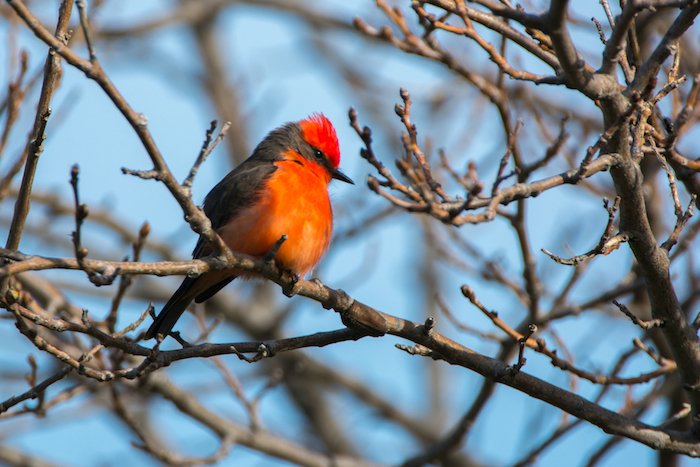
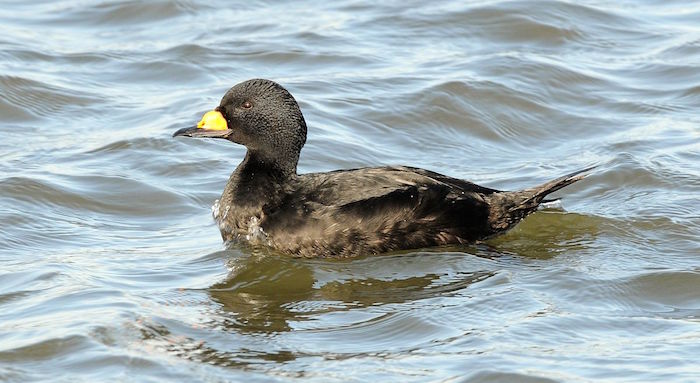
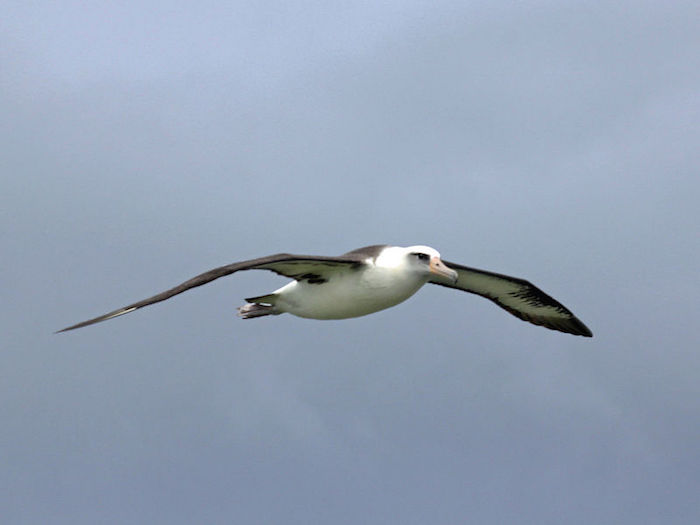
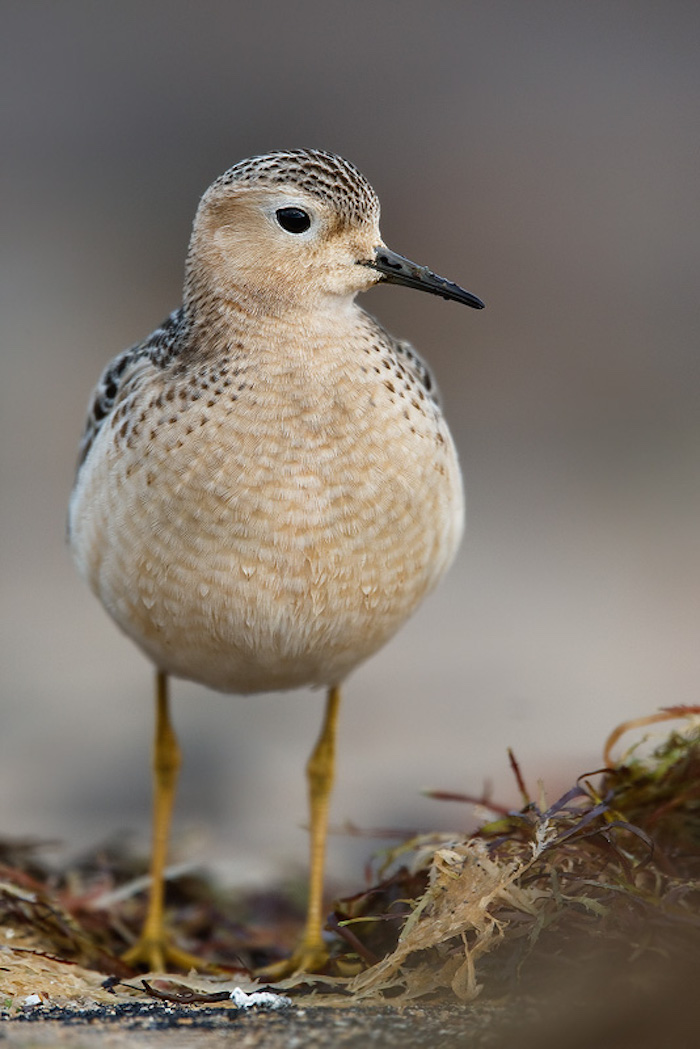

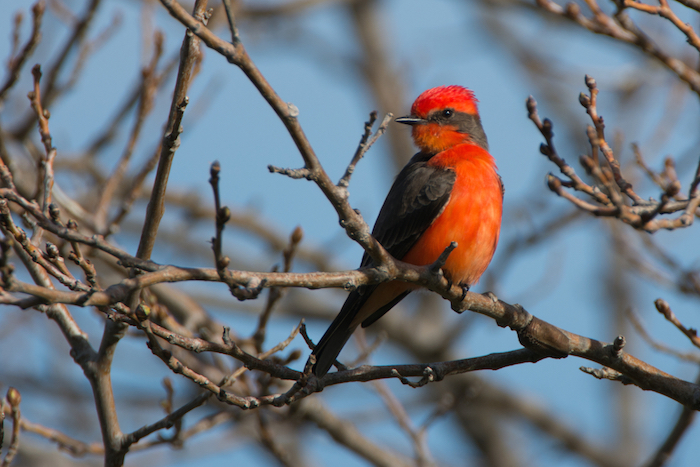
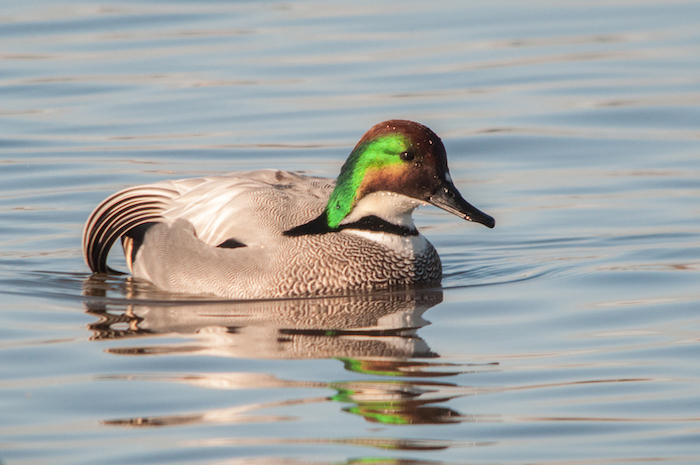
Comments are closed.